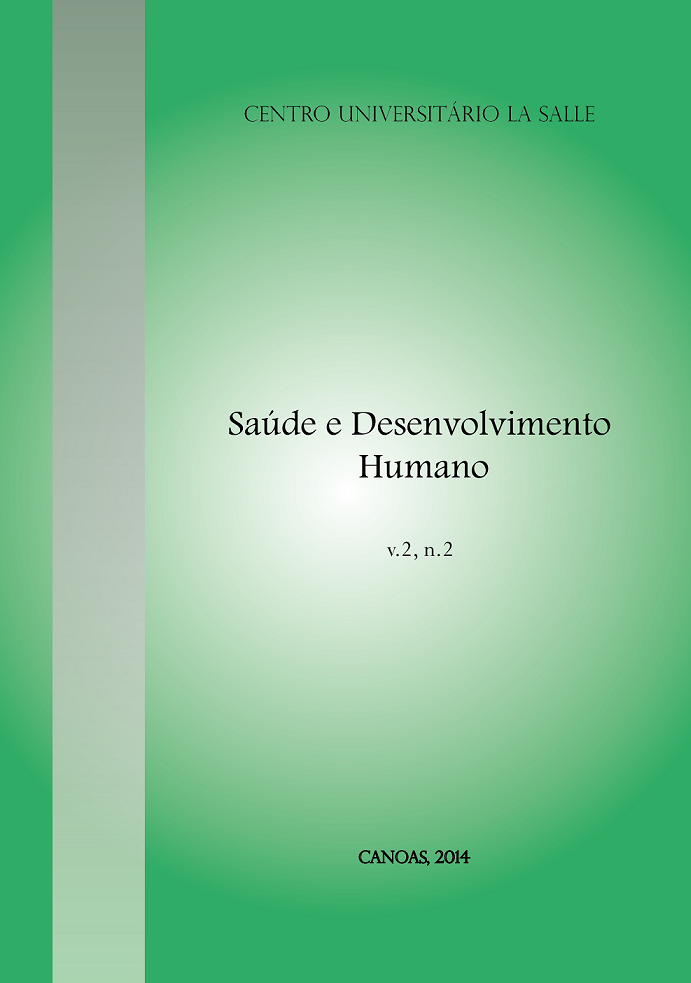The use of the motivational interview with patients with chronic kidney disease: A systematic review of the literature
DOI:
https://doi.org/10.18316/1814Keywords:
Chronic kidney disease, Motivational interview, Health PsychologyAbstract
Kidney insufficiency is a chronic disease and, in most cases, a permanent condition, without quick improvements or alternatives of progressive evolution, leading the patient to undergo a treatment of hemodialysis to survive. For many patients, adhering to treatment is synonymous with suffering and resistance. At the same time, this adhesion means the quality of life and longevity for the patient, which results in feelings of ambivalence. For these reasons, practices that facilitate this process are necessary. The Motivational Interview (MI) is a model of intervention which has proven quite effective in different clinical situations, especially in cases where there is a need of behavior changes, management of resistance and identification of the patient's own motivations for adhering to these new behaviors. Considering this reality, this study aimed to conduct a systematic review of the literature on the subject, in order to analyze and discuss the possibilities of the use and effectiveness of this practice for patients under hemodialysis treatment. It was found that the MI has presented results quite effective to increase adherence to clinical treatments and medical products as well as in reducing depressive symptoms, commonly presented in patients. But his studies are still quite recent, and there is a greater need of deepening the theme.Downloads
Published
2014-12-05
Issue
Section
Artigos de Revisão
License
Authors who submit their manuscripts to be published in this journal agree to the following terms:
- Authors retain copyright and grant the journal right of first publication with the work simultaneously licensed under the Creative Commons Attribution License that allows the sharing of work and recognition of its initial publication in this journal.
- By virtue of the articles appearing in this open access journal, articles are free to use, with proper attribution, in educational and non-commercia.


